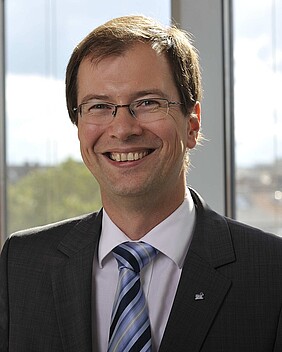will take place on Tuesday, 30 January 2018 from 17:15 to 18:15 hours in CBBM, EG, B1/B2.
Host: Prof. Thomas Münte
Department of Neurology
University of Lübeck
Abstract
Depression remains -beyond a shadow of a doubt- a highly prevalent illness with an enormous individual and societal burden. Electroconvulsive therapy (ECT) is a treatment of choice for severe, drug-resistant or psychotic depressive episodes. However, many patients and even doctors are full of prejudice against this modern, well-tolerated and routine treatment. The talk will cover history, myths, practice and neurobiology of ECT and, additionally modern high-field preclinical imaging of the disease to be treated: Depression.
Biosketch
Prof. Sartorius studied Physics at the Technical University in Darmstadt and received his Diploma in nuclear physics and the WE-Heraeus foundation award for students of physics in 1991. Afterwards he studied Medicine at the University of Heidelberg and received his M.D. in 1999. He completed his habilitation in 2007 and is an associate Professor at the University of Heidelberg since 2010. He is a medical specialist for Psychiatry and Psychotherapy since 2004 and works at the Central Institute of Mental Health, Department of Psychiatry and Psychotherapy in Mannheim as a registrar since 2005. Since 2011 he is Deputy Head of the German Society for Psychiatry, Psychotherapy and Neurology (DGPPN) - Section: „Experimental Stimulation Techniques in Psychiatry“. He strongly focusses at two research areas: Clinical brain stimulation techniques like electroconvulsive therapy and deep brain stimulation, and, second on preclinical high field functional imaging. He is head of the research group “Translational Imaging” since 2008. This research group aims to bridge the gap between preclinical and clinical research, which seems to be essential for e.g. drug development in psychiatric research. Using validated genetic and behavioral animal models for alcohol dependency, depression, dementia and other psychiatric illnesses high field MRI enables multiple intra-individual measurements and therefore better quantification of gene x environment x therapy interactions on brain function. Additional specific research foci are establishment and optimization of optogenetic fMRI (og-fMRI) and functional measurements of brain function like resting-state fMRI together with pharmaco-challenges.


